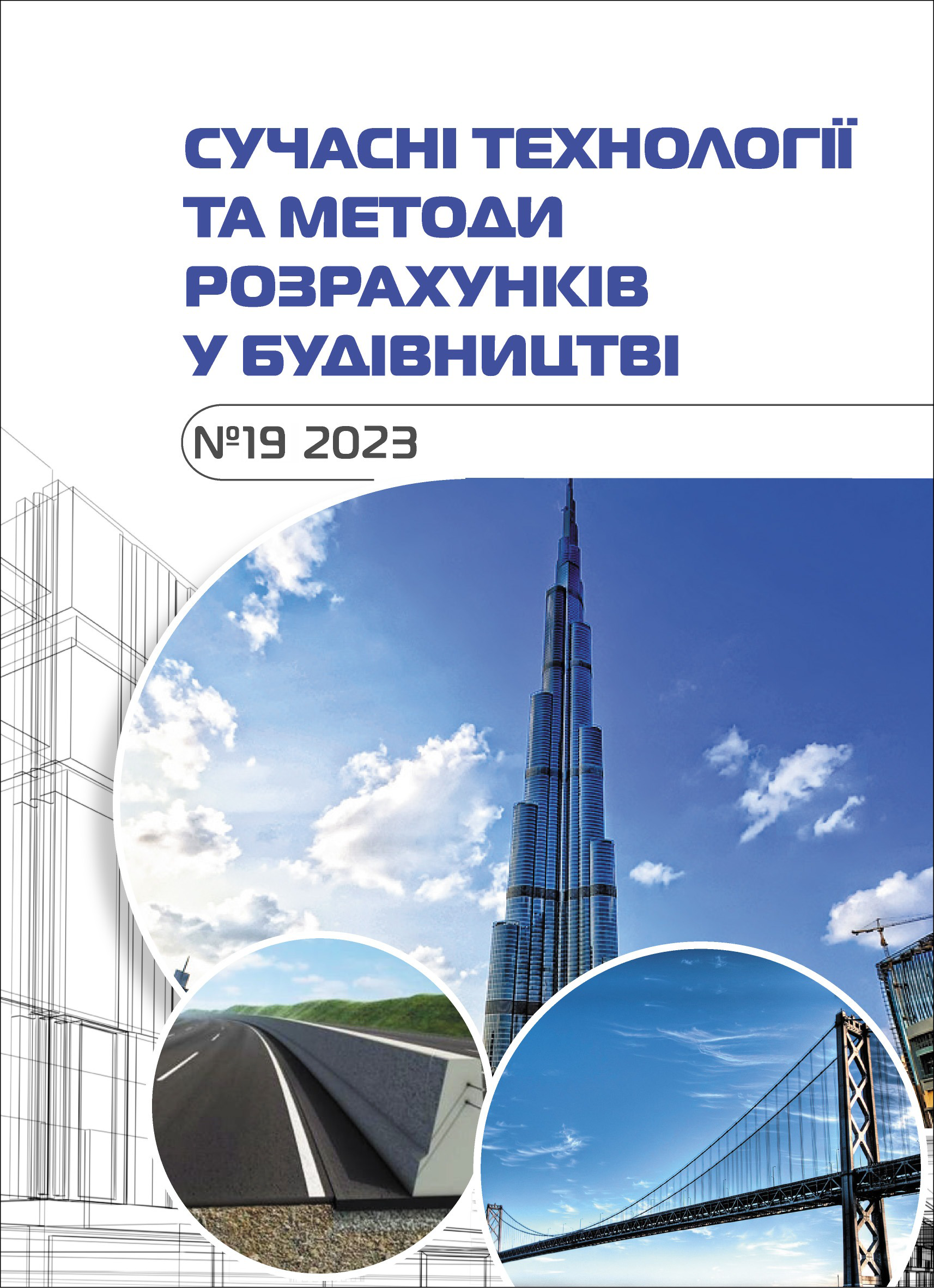Features of numerical methods application for the analysis of the stress state of porous building materials
Abstract
The work is devoted to analyzing the possibilities of applicability of some numerical methods of applied mathematics to the analysis of the mechanical behavior of structurally heterogeneous construction materials. The main advantages and disadvantages of the application of these methods are determined. In the work, a comparative analysis of the following methods as the finite element method, boundary element method, mesh method, and finite difference method was carried out. The paper examines the advantages and limitations of each of the numerical analysis methods described above.
The discrete element method is most suitable for modeling the behavior of materials in terms of microstructure and interaction of individual elements. It allows you to describe in detail the mechanical behavior of the material, in particular, deformation, stress, and places of localization of damage. However, this method requires significant computing resources and long calculation time, especially when modeling large systems.
The finite element method is a widely used method for analyzing the behavior of porous material. It allows modeling of various physical processes and provides flexibility in modeling complex geometries. MSE is effective for medium-scale problems. However, when modeling heterogeneous materials or rapidly changing processes, this method may require complex approximations and refinements.
The boundary element method is an effective method for modeling the influence of boundaries on the behavior of porous materials. It allows you to study heat transfer, mass transfer, and other processes that occur at the boundaries of the material. BEM provides high accuracy and efficient use of computing resources but is limited in its ability to model internal material processes.
The mesh method is used to approximate the levels in the entire study area. This method provides flexibility in choosing the type of mesh and separation, which allows for achieving the desired accuracy of the simulation. However, the mesh method can be computationally expensive with a large number of grid nodes, especially for 3D models.
For the case of the application finite differences method, the studied area is divided into a grid of points, and at each point, the difference equations are performed. This method provides numerical solutions of differential equations and modeling of physical processes in porous materials.
The work also considers the possibility of combinations of these methods to reduce the error of numerical calculations.








